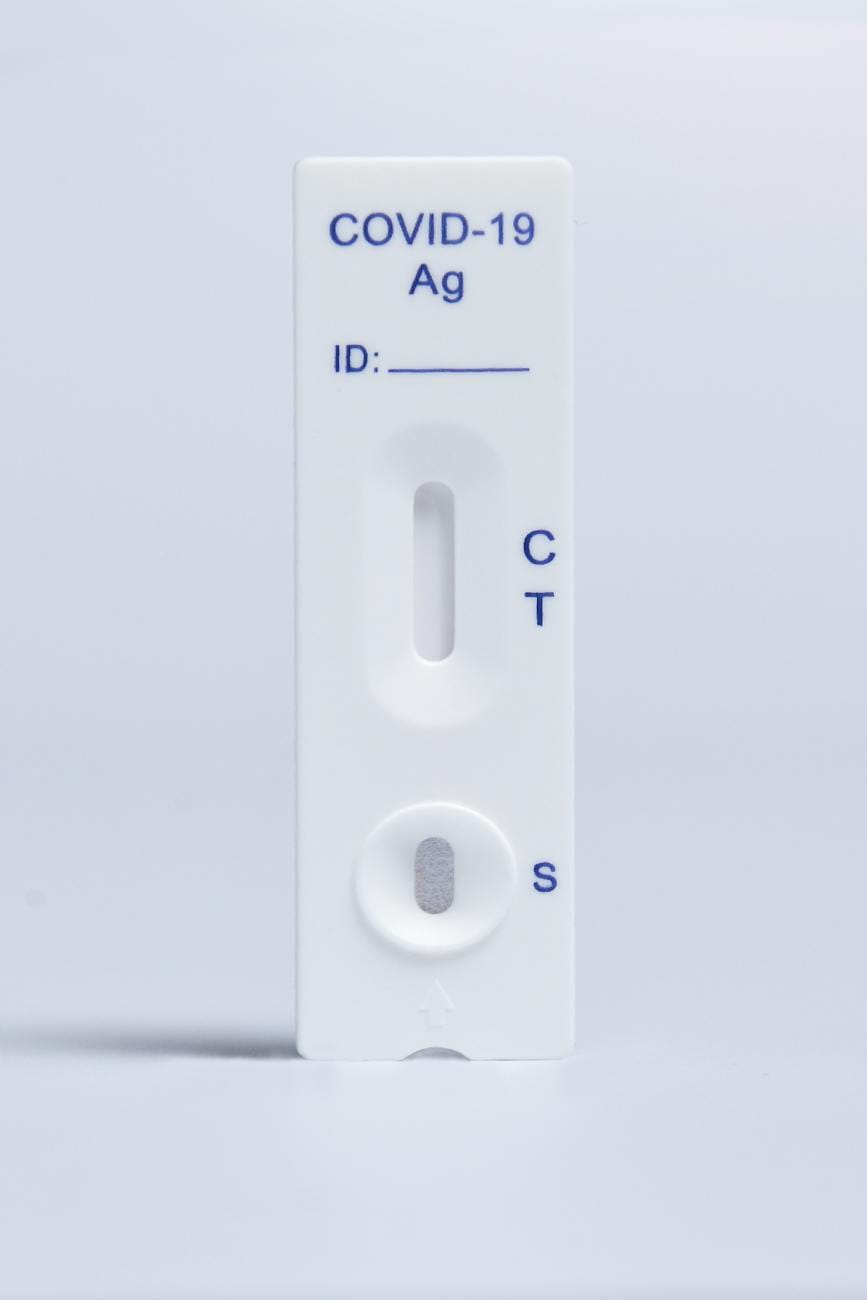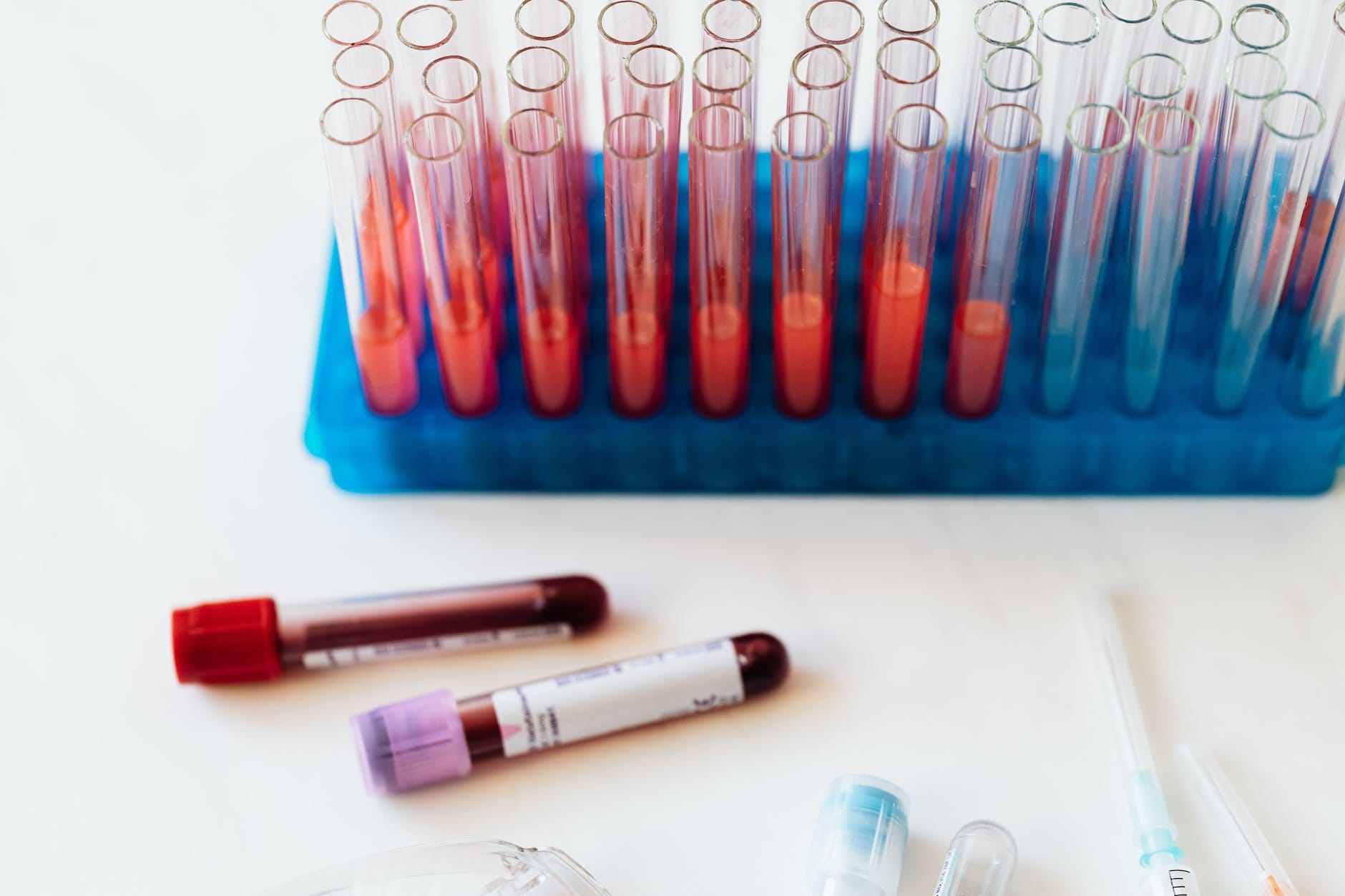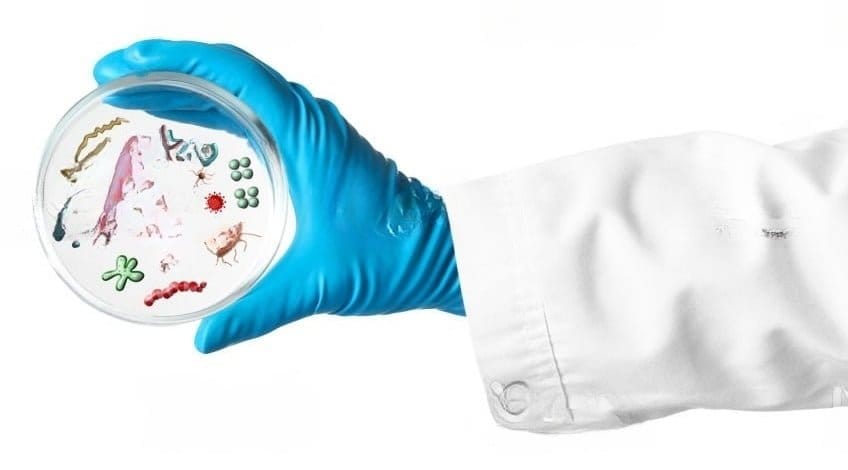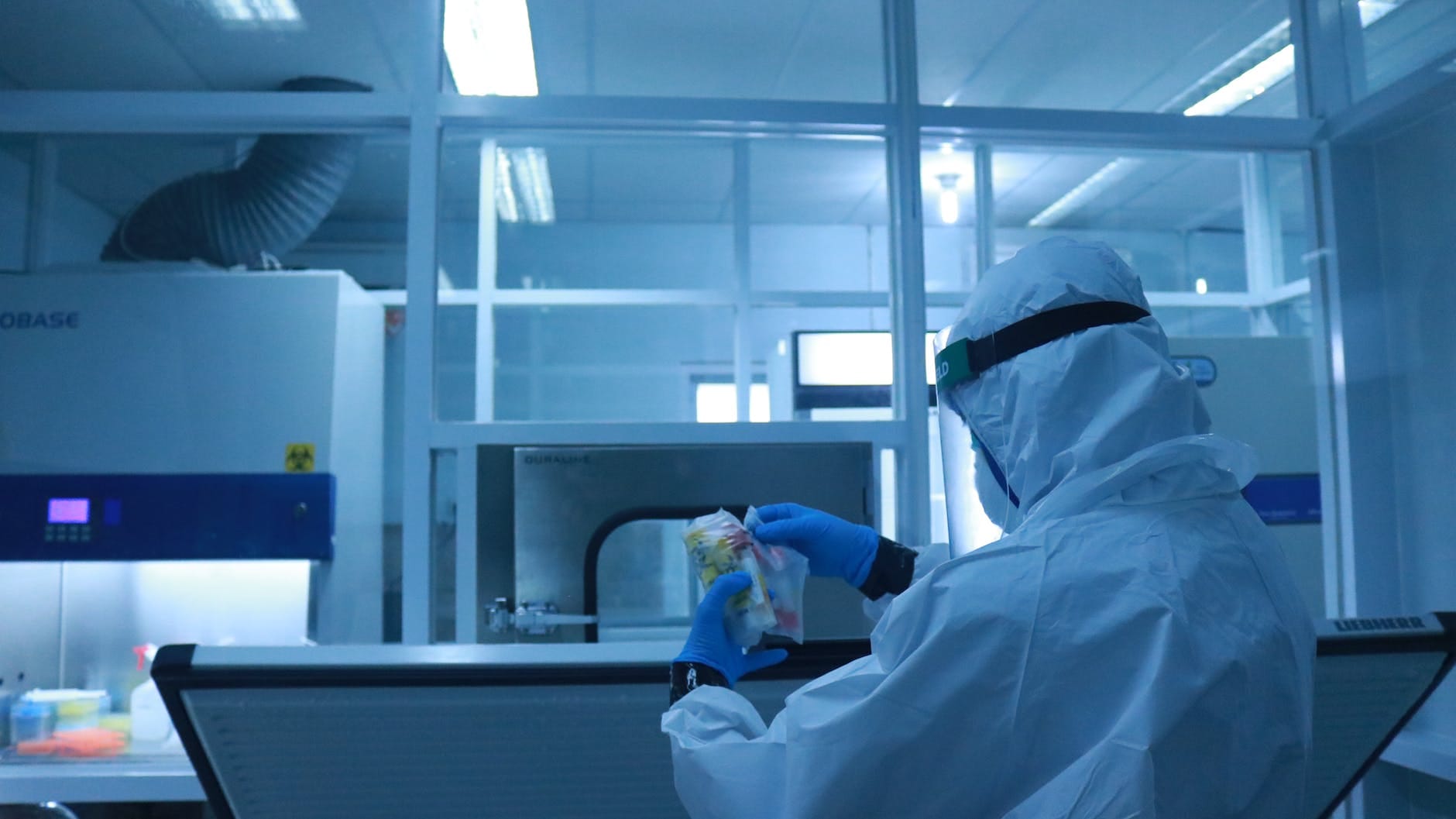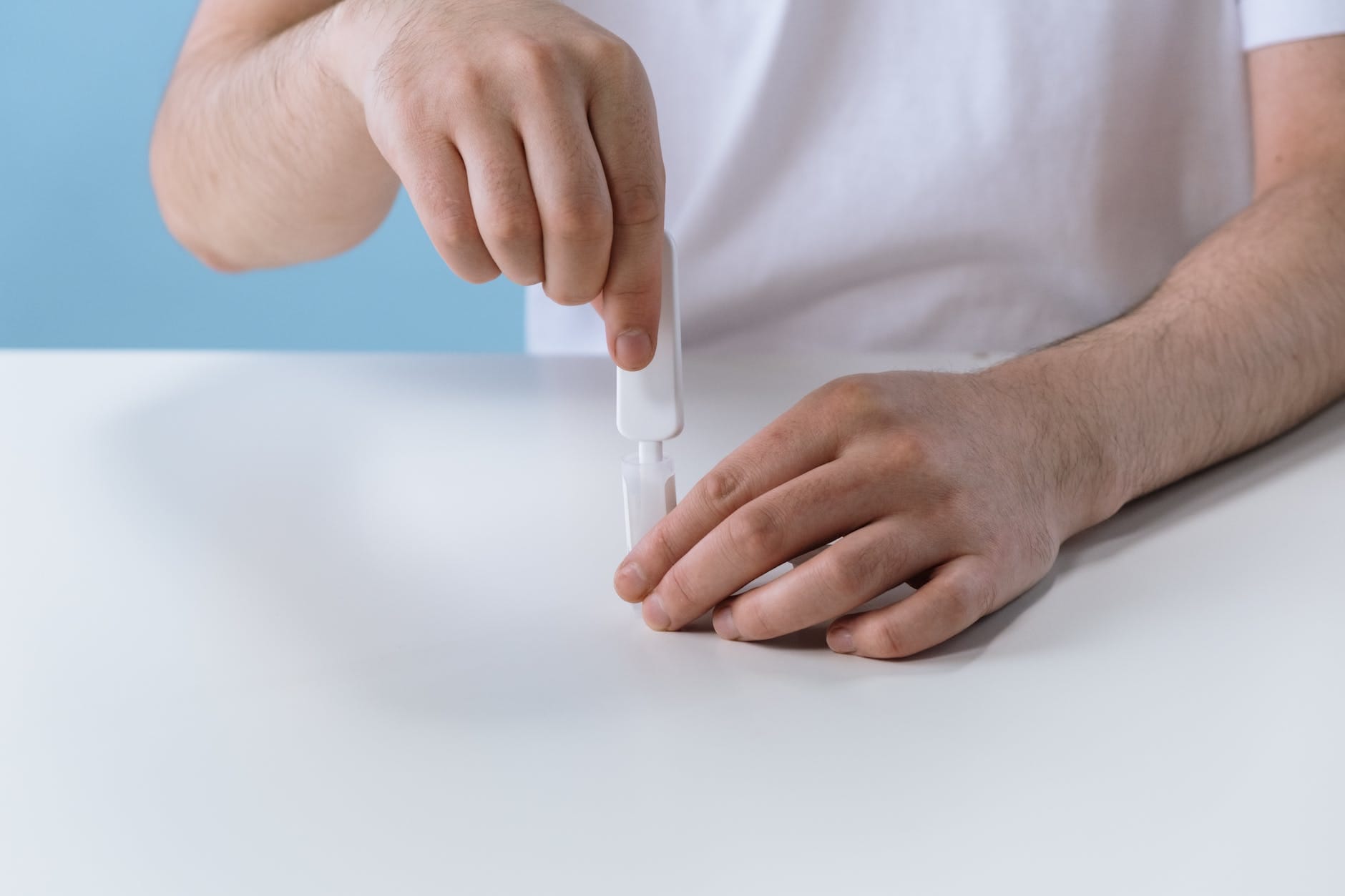Introduction: Lateral flow tests have emerged as revolutionary tools, especially in the wake of the ongoing global pandemic. Rapid and reliable, these tests have become integral in diagnosing various diseases, including COVID-19. This blog post aims to shed light on lateral flow tests, exploring their mechanism, applications, and significance in the current healthcare landscape.
Understanding Lateral Flow Tests
At its core, a lateral flow test is a simple yet ingenious device that operates on the principles of capillary action. It comprises several key components: a sample pad, conjugate pad, reaction membrane, absorbent pad, and, in some cases, a waste pad. The test functions by capillary action, drawing the sample through these components. The presence or absence of specific markers in the sample triggers a color change, indicating the test result.
How Lateral Flow Tests Work: Lateral flow tests operate on a simple principle: capillary action. The test strip comprises several components, including a sample pad, conjugate pad, reaction membrane, and absorbent pad. When a sample is applied to the sample pad, it migrates along the strip. If the target analyte is present, it reacts with specific antibodies or antigens in the test, creating a visible line on the membrane. The control line appears regardless of the sample’s result, ensuring the test’s validity.
Components of Lateral Flow Tests:
- Sample Pad: The journey of a lateral flow test begins when a liquid sample, such as blood, saliva, or urine, is applied to the sample pad. This pad acts as the entry point for the sample into the test strip.
- Conjugate Pad: The sample flows through to the conjugate pad, which contains labeled antibodies or antigens specific to the target analyte. These labels, often colloidal gold or colored latex beads, facilitate the detection process.
- Reaction Membrane: The conjugate pad directs the sample to the reaction membrane, where a series of lines – the test line and the control line are located. These lines consist of immobilized antibodies or antigens that react with the target analyte and labeled antibodies, producing visible lines for interpretation.
- Absorbent Pad: After passing through the reaction membrane, the excess sample reaches the absorbent pad, preventing further flow and ensuring the test’s accuracy.
Customization and Diverse Applications:
One of the key strengths of lateral flow tests lies in their adaptability. They can be customized to detect various analytes, making them valuable in different fields:
- Healthcare: Rapid diagnosis of diseases like COVID-19, dengue, and cardiac biomarkers.
- Veterinary Science: Detection of animal diseases, ensuring the health of livestock.
- Environmental Monitoring: Identification of pollutants and contaminants in air, water, and soil samples.
- Biotechnology: Screening of genetically modified organisms and specific gene sequences.
Applications in Diagnostics
Lateral flow tests find applications in various domains, notably in the diagnosis of infectious diseases. Rapid and on-site detection of conditions such as COVID-19, HIV, influenza, and numerous others empowers healthcare professionals with timely information for effective disease management. These tests are also utilized in food safety, environmental monitoring, and drug testing, underscoring their versatile nature.
- Infectious Disease Diagnosis: Lateral flow tests are widely used for diagnosing infectious diseases, such as COVID-19, influenza, HIV, and malaria. They offer rapid results, enabling timely medical interventions.
- Pregnancy Testing: Home pregnancy tests utilize lateral flow technology to detect the presence of human chorionic gonadotropin (hCG) hormone in urine, indicating pregnancy.
- Food Safety Testing: Lateral flow tests are employed to detect contaminants, allergens, and pathogens in food products, ensuring food safety and quality.
- Environmental Monitoring: These tests are valuable in environmental testing to detect pollutants, chemicals, and toxins in water or soil samples.
Potential Future Advancements:
Researchers and scientists continue to explore ways to enhance lateral flow tests, aiming for even greater accuracy and broader applications. Some areas of focus include:
- Enhanced Sensitivity: Improving the tests’ ability to detect low concentrations of analytes, crucial for early disease detection.
- Multiplexing: Developing tests that can simultaneously detect multiple analytes, providing a comprehensive diagnostic picture.
- Integration with Smart Devices: Creating lateral flow tests that can interface with smartphones or other digital devices for real-time data analysis and remote monitoring.
Advantages of Lateral Flow Tests
The widespread adoption of lateral flow tests can be attributed to their several advantages. Firstly, they offer rapid results, often within minutes, enabling prompt decision-making and containment measures. Their simplicity allows for easy use without the need for specialized equipment or skilled technicians. Portability and cost-effectiveness further enhance their appeal, making them accessible in resource-limited settings. Additionally, lateral flow tests have high specificity and sensitivity, ensuring reliable outcomes.
Limitations and Challenges
While lateral flow tests offer numerous advantages, they do have limitations, such as lower sensitivity compared to laboratory-based tests. Ongoing research aims to enhance the sensitivity and accuracy of these tests, expanding their applications and reliability. False negatives might occur, emphasizing the importance of confirmatory testing, especially in critical cases. Storage conditions also influence test accuracy, necessitating proper handling and storage. Furthermore, the development of lateral flow tests for certain diseases remains a challenge, demanding extensive research and validation.
The Future of Lateral Flow Tests
Continuous advancements in technology are shaping the future of lateral flow tests. Innovations such as smartphone-based readouts and multiplexing capabilities, allowing the detection of multiple analytes in a single test, are on the horizon. Research efforts are directed towards enhancing sensitivity and specificity, addressing current limitations. Moreover, the integration of artificial intelligence in result interpretation holds promise for further accuracy and reliability.
Conclusion
Lateral flow tests have revolutionized the landscape of diagnostics, offering rapid, accessible, and reliable results. Their applications in various fields, coupled with ongoing research and innovation, highlight their significance in healthcare. However, understanding their principles, limitations, and future prospects is essential for maximizing their potential. As we move forward, lateral flow tests will continue to play a pivotal role in shaping the future of diagnostics, ensuring timely and effective disease detection and management.

